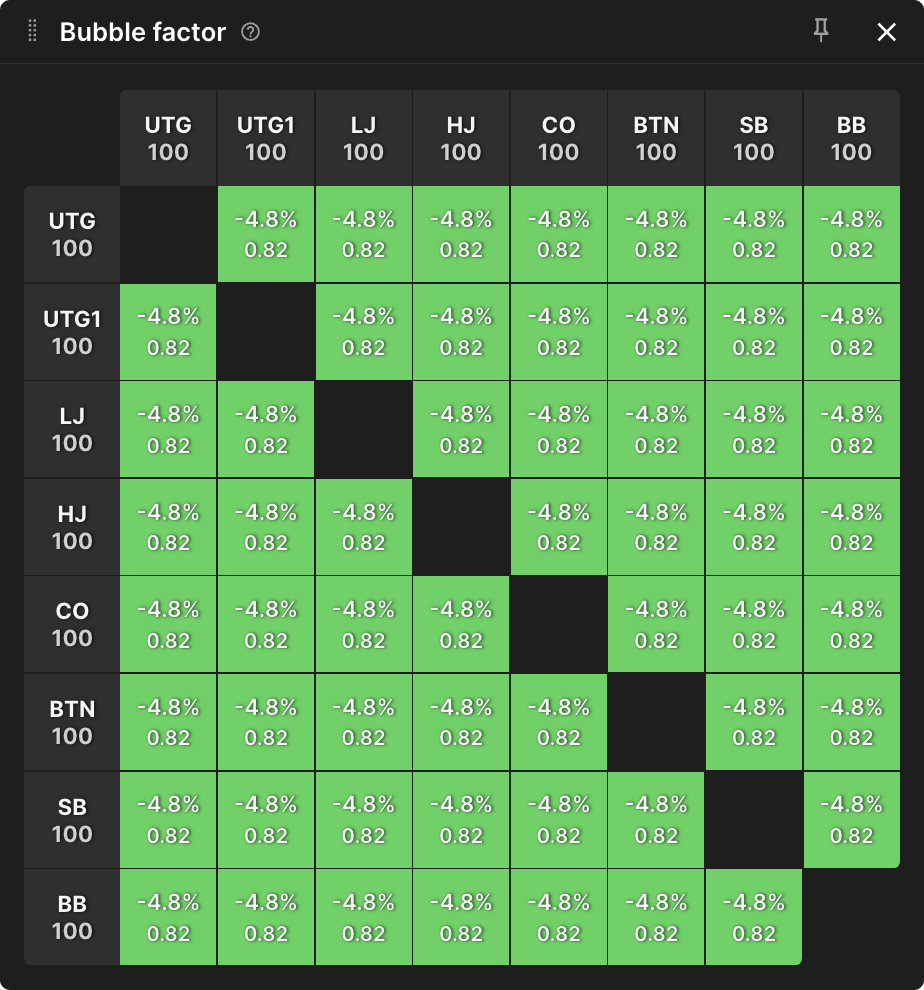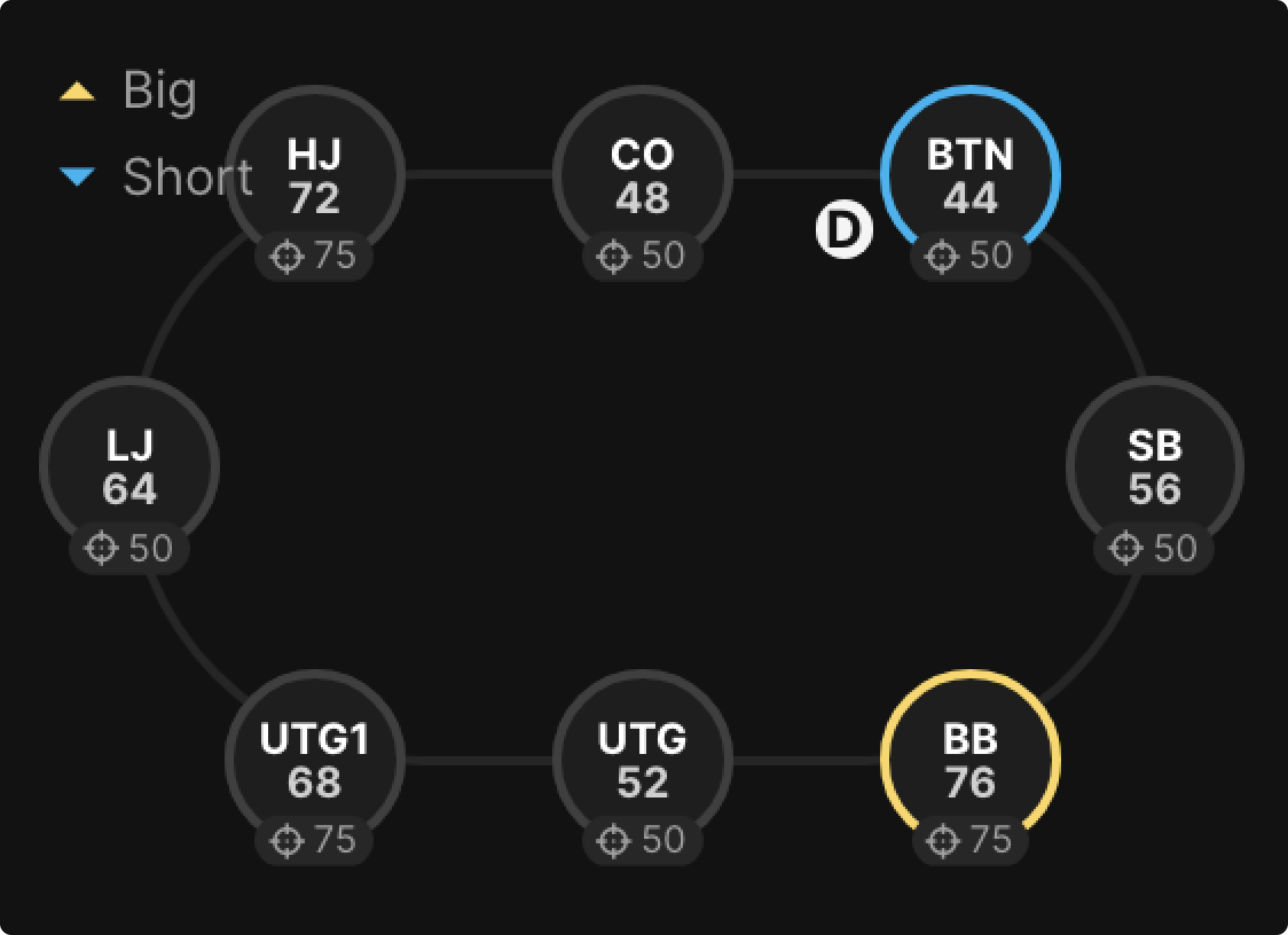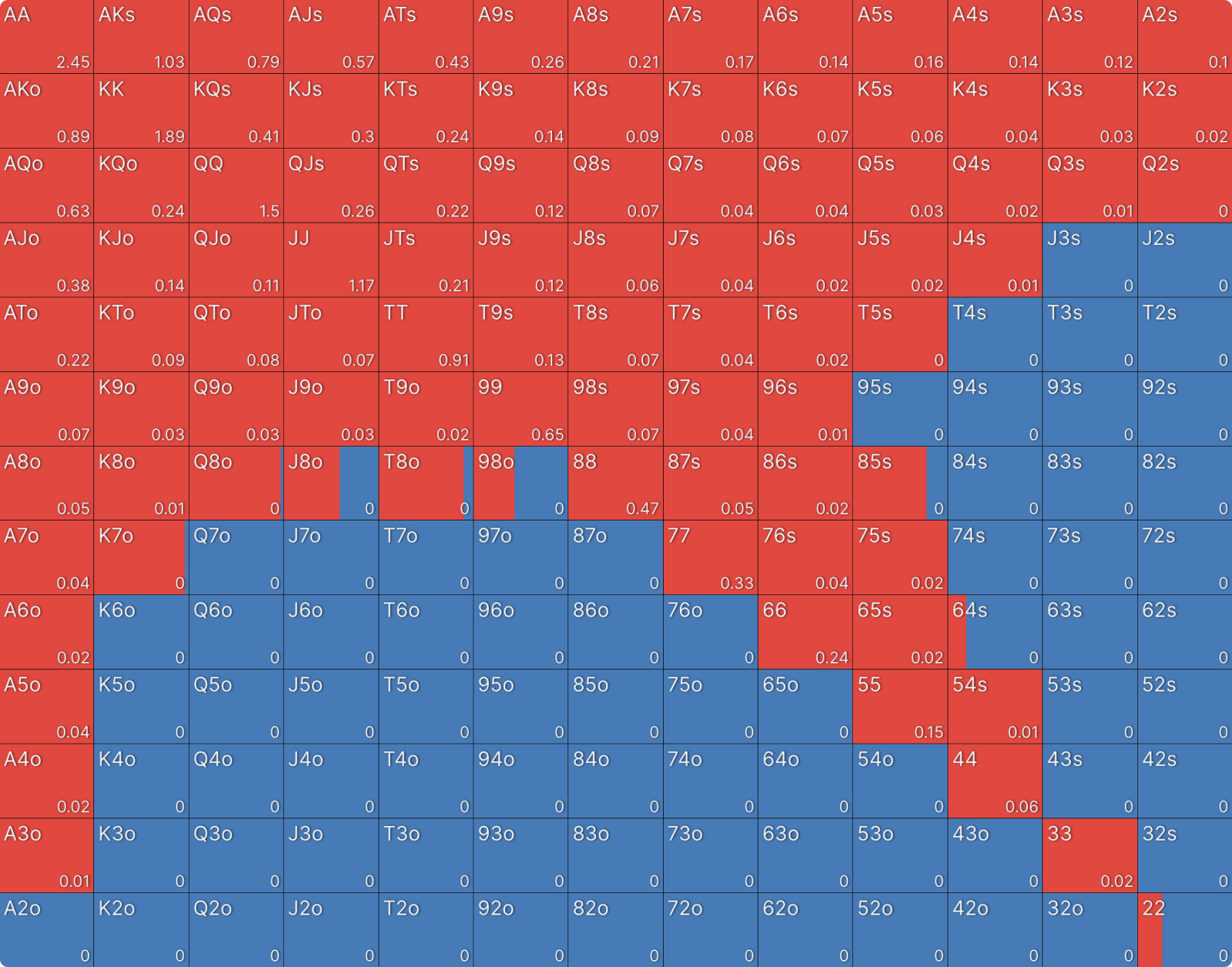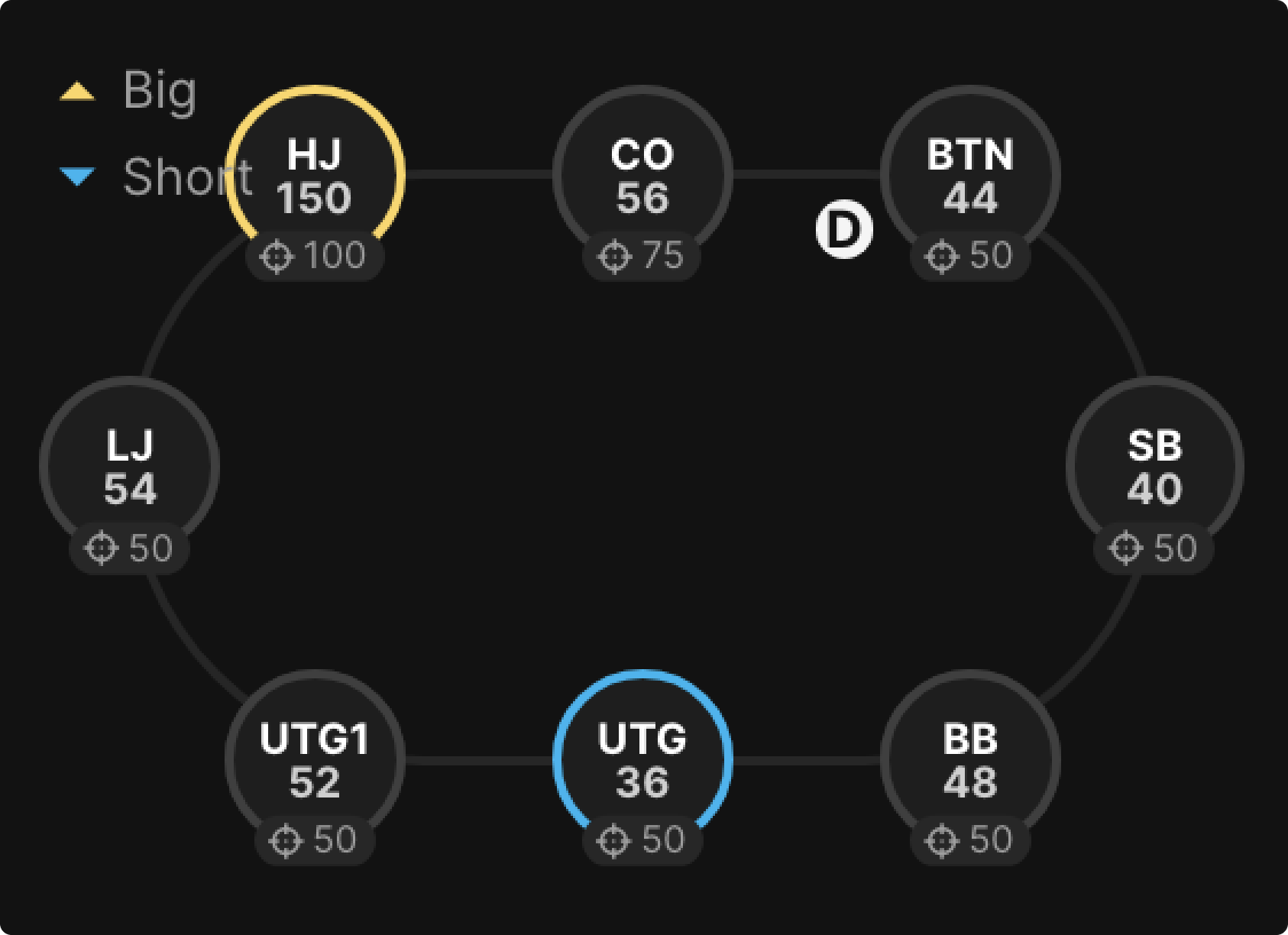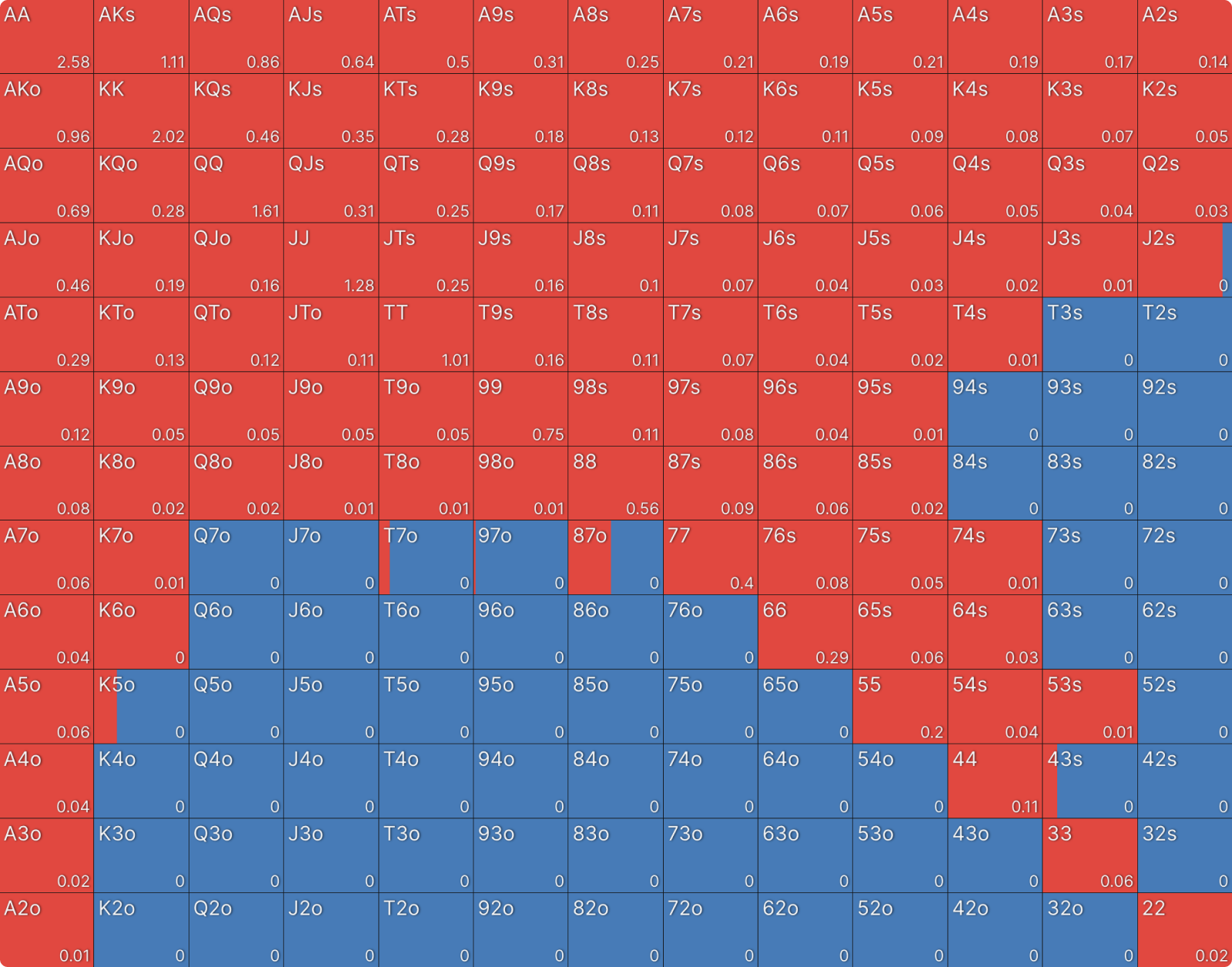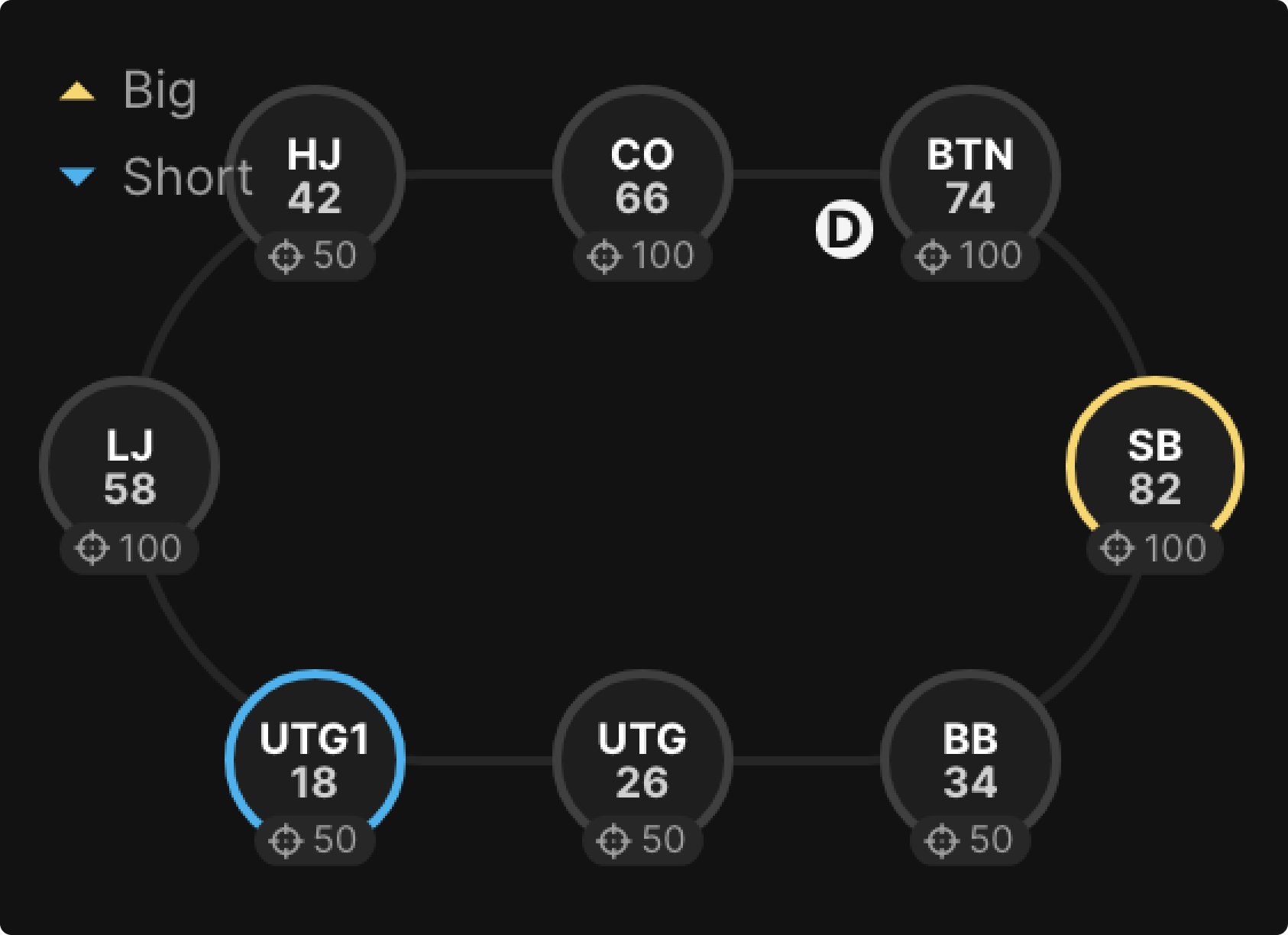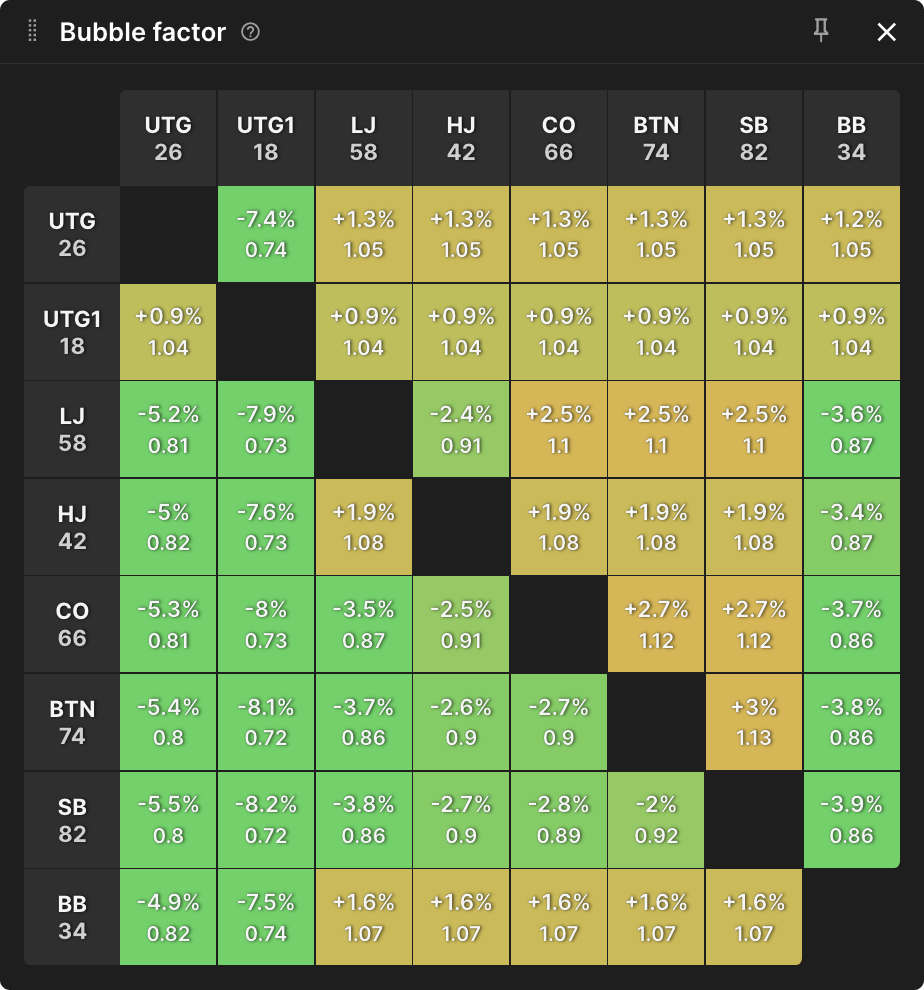Table Management in PKOs

Perhaps the most important strategic consideration in Progressive Knockout Tournaments (PKOs) is making sure you cover your opponents. You cannot win a bounty if you don’t cover your opponent, which means sometimes you have to take big risks to put yourself in that position, and occasionally pass up profitable spots to hold onto a chip leadChip leader
The player who presently has the most chips in a tournament..
What is table management?
ICMICM
A commonly used acronym for the term independent chip model. ICM is a model that translates the value of a tournament chip to actual cash value, better known as tournament equity. ICM calculations are based on the stacks and payouts of all players remaining in the tournament.
, Bubble Factor, Risk PremiumRisk Premium
Risk Premium measures the extra risk you take stacking off in an MTT. It’s a measure of survival pressure and a valuable tool for understanding ICM spots. Risk premium is defined as the extra equity you’d need to call someone’s shove, compared to a (chip EV) pot odds calculation. RP = Required Equity (ICM) – Required Equity (cEV) when stacks are fully invested. Each player has a unique risk premium against every other player in a tournament.
, and Bounty Power are very useful models, but they all have limitations. They all ignore the size of the blinds, the position of the players, and the fact that the blinds move around the table.
An ICM range, for example, will ignore the fact that a very short-stacked UTGUnder the gun (UTG)
The position to the immediate left of the big blind. The under the gun player acts first pre-flop. player is posting their big blind next, and they might be better off shoving a wider range to avoid the less profitable spot of being pot-committed the next hand.
In tournament poker, one of the skills the solvers don’t teach well is table management.
Table management is understanding the profitability of your relative position at the table, knowing when to maintain it, and knowing when to take risks to change it.
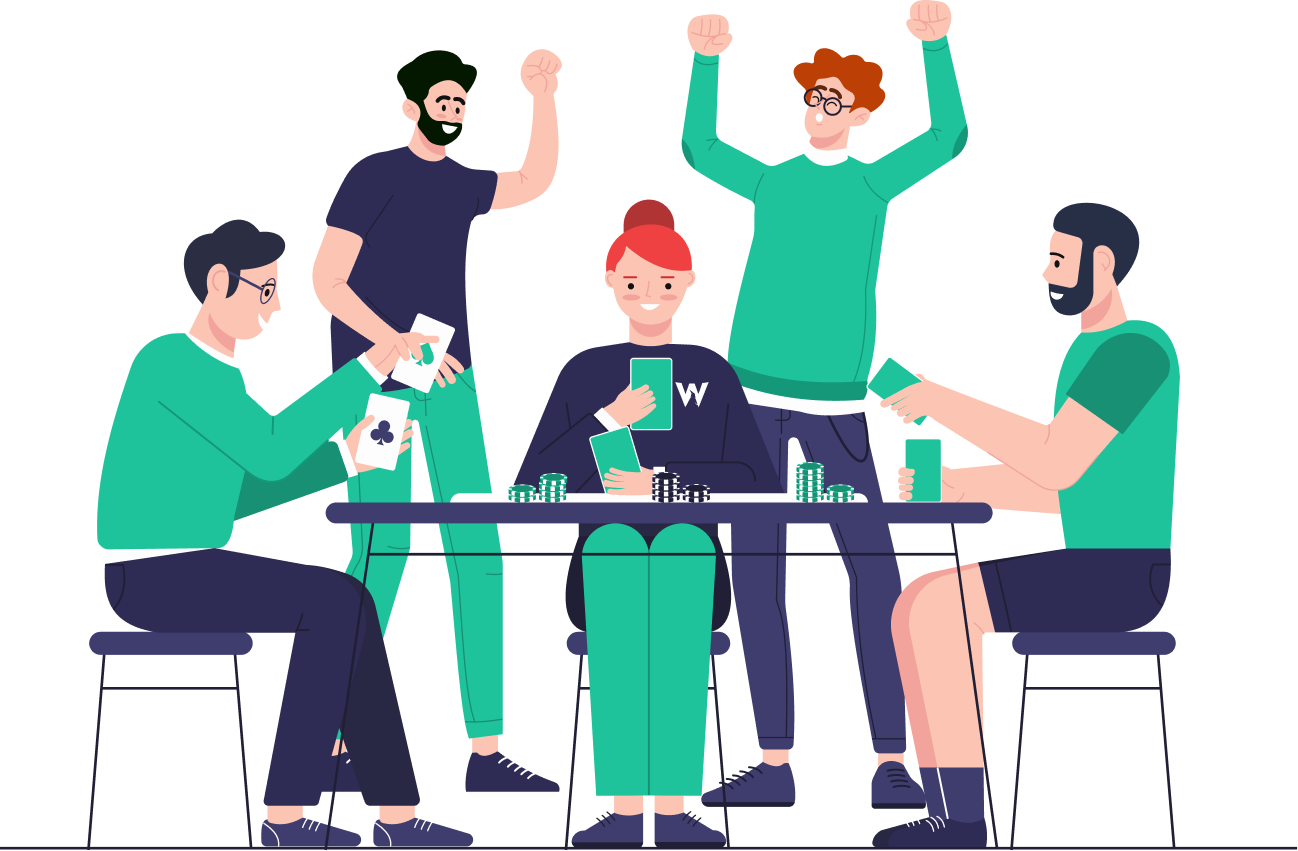
A classic old-school thought experiment in poker highlights this. You are the chip leader on the bubble of the World Series of Poker Main Event and are enjoying pushing around the amateur players who are hanging on for dear life trying to make the money. A micro-stacked player in the Small BlindSmall blind
The required blind put in the pot by the player to the immediate left of the dealer. Typically, half the size of the big blind. shoves all-in for two big blinds into your big blind. You are looking at Pocket AcesPocket Aces
A pre-flop hand containing AA.. What do you do?
In a vacuum, this is obviously the easiest call in poker history, but what happens after you call and win?
The bubble is over, everybody loosens up, and your chip lead is not as impactful.
There is a strong case for folding the Pocket Aces here and prolonging the bubble. The micro-stacked Small Blind isn’t going to post their big blind for almost an orbit, and there is a very good chance you can win a lot of uncontested pots before the bubble eventually bursts.
In the early days of SNGsSit and go
A poker tournament with a specified number or maximum number of players that starts when a certain number of players have registered. Unlike regular tournaments, which started at a specified time. this was a legitimate strategy enjoyed by good players on the bubble. They would give the micro stack a walkWalk
When all players fold preflop, the hand is over and the big blind wins the small blind. The big blind is said to have received a walk. because the bubble was where they made the most EVExpected Value (EV)
The anticipated value one expects from any hand, position, or play. EV is calculated as a weighted average of all possible outcomes weighed by the probability of each of those outcomes., so the longer it went on, the more profitable it was for them.
The importance of covering people
This brings us to Progressive Knockout tournaments. PKOs are already so complex they will never be completely solved, especially when you factor in this skill of table management. Covering people in PKOs is so crucial that it is often correct to take significant risks to get the chip lead at the table, and sometimes correct to pass on good spots to maintain the chip lead.
This is never more true than the very first hand of a PKO, where the Bubble Factor of every player is 0.82. If you have read our article on Bubble Factor you will know that this means it is correct for two players to get all-in against each other with as little as 45% equity without any extra dead money in the pot. This is unheard of in regular MTTs and is even wider than identical ChipEV spots. The result is a “negative risk premium”, as shown below.
The reason for this is that there is so much more upside to winning the hand than in regular MTTs. You essentially win four types of equity:
- The ICM equity from the regular ‘payout’ portion of the prize pool.
- The immediately realized equity for winning the bounty.
- The potential future equity of winning more bounties because you cover everyone else at the table.
- The potential future equity of winning your own bounty when you win the whole tournament.
Covering players at your table in a PKO makes every hand more profitable.
How much more profitable is it to cover your opponents in a PKO?
Let’s look at two similar spots from the GTO Wizard database to highlight this. In both these examples, we are looking at a PKO spot with 70% of the field remaining, the average stack is 60BBs, and we are the BTN with 44BBs.
In this first example, this is the table set-up:
As you can see, the BTN is covered by both blinds when folded to them. This is the BTN’s opening range and the EV of every hand in the range:
Now let’s look at this very similar spot, here is the table set-up:
As mentioned most of the details are the same, but in this example, the BTN covers the Small Blind. This is their opening range and the EV of each hand in the range:
The first thing to note is that the BTN can play more hands, 51.6% of hands here, compared to 45.5% in the previous example. The other thing to pay attention to is that, across the board, every hand is more profitable when the BTN covers their opponents. In some cases the difference is massive.
This is just one simple example but it already shows us a lot. The chance to win a bounty makes every hand you play more profitable. Covering people is very important in PKOs and it is sometimes worth the risk to put yourself in the position to win bounties.
AA makes 2.58BBs when the BTN covers, but only 2.45BBs when they don’t. That 0.13BB difference is a 13 BB/100 difference over the long term. A weaker hand like A3s only makes 0.12BBs in the covered example, but makes 0.17BBs when the BTN covers. That 0.5BB difference is smaller than the difference between Pocket Aces in the two spots, but it is a 41.67% increase in the profitability of this specific hand.
The art and science of PKO table management
In this example, we have 50% of the field remaining and the average stack is 50BBs.
As you can see, the SB is in poll position with 82BBs, as is the BTN is near to them with 74BBs. We also have some shorter players between 18-34BBs. This is reflected in the Bubble Factors:
As we discussed earlier, PKOs are the only format where Bubble Factors are often below one. The lowest Bubble Factor here is when the SB is facing an all-in pot vs the short stacked UTG1, it is 0.72 meaning they only need 42% equity to get it in against them. The highest Bubble Factor is when the BTN with 74BBs is facing an all-in decision against the SB with 82BBs. The Bubble Factor is 1.13, meaning they would need 53% equity – still very wide compared to regular MTTs, but the BTN needs a much stronger range to take on the SB.
The consensus opinion here would probably be that it’s optimal for everyone to avoid pots against the players who cover them, and try to get into pots when they are the coverer. You can win bounties against the players shorter than you; you cannot against the players who have more chips than you. This is where we are seeing the limitations of using ICM, Bubble Factors, and Bounty Power as guiding strategic principles. These models do not take into account the future game.
In the future, we want to win the bounties of the player who cover us right now, which requires having to think a few moves ahead.
The HJ is in the middle of the pack with 42BBs, covering UTG1, UTG, and the BB. In a regular MTT, the middle-of-the-pack players have to play tight and avoid big confrontations. However, in this spot the HJ might be best advised to take a big risk to double up. By big risk, I mean a high variance play – taking a very small edge or even a slightly minus EV gamble.

They have a pretty bad seat at the table. When the shorter players are in the blinds, if the HJ wants to target them they have to get through the three biggest stacks. If the HJ is the Big Blind and one of the shorter players enters the pot, there is a very good chance the player currently in the LJ with 58BBs will isolate them. Crucially, if the HJ doubles up, they will have at least 84BBs and thus will cover everyone at the table.
While not in a great chip position, the current BB is in a reasonable table position. They are third lowest in chips but the two players who are lower are to the BB’s immediate left. The BB is out of position to them, which is not ideal, but the stacks are short enough that the BB could bet/call a resteal against either of them very profitably. If they took a big risk to get a big stack, it would not put them in a spectacular position. Doubling up would get them around 68BBs, which means they would still be covered by the BTN or SB (assuming it was not them who doubled them up). So ironically it might be better for the BB to bide their time and enjoy covering two players right next to them.
The current SB is the chip leader and will be looking to play as many pots as possible to win bounties. However, if the BTN or CO got aggressive with them, this might be a spot to pass some small edges. Losing an all-in to either of these players would make the SB the shortest stack at the table. It might be more prudent to avoid close spots with the two other big stacks if it means maintaining their overall lead.
Other than this exact hand, the SB also enjoys position over the other two big stacks. Another reason not to punt off light against them when they could instead grind them down in small to medium pots.

The BTN is in a similar position; they cover everyone but the SB. Generally speaking, it might be a good plan to avoid tangling in big pots with the two other big stacks, because they can still win six bounties immediately. However, the BTN has a terrible seat, they are to the immediate right of the chip leader. It’s going to be hard to win bounties at this table if the SB is aggressive and isolates when a short-stacked player goes all-in. Therefore it might be a good idea for the BTN to take a risk at this table to pull ahead of the SB in chips.
All of this advice is subjective. It really depends on how the players are actually playing. If the chip leader doesn’t seem to be adjusting for bounties and playing an ABC ‘vanilla’ tournament strategy, then there is no need to try and overtake them and become the chip leader yourself. If the bigger stacks are being very aggressive, it might be right to take a stand and play a big pot against them.
There are other dynamics worth considering too. For example, if one of the shorter stacks has a very big bounty. In this example, let’s say UTG1 has a $300 bounty, which is huge relative to the others. There is less impetus to gamble for a big stack when you already cover the biggest bounty at the table.

Another reason to pass on a small edge when you cover another big stack is if they have a small, ‘starting’, bounty. In the example above, if BTN only had a $25 bounty, for example, that is another reason for the SB to avoid a big pot with them. You want to win all the bounties, but when there are much bigger bounties at the table, there is a trade-off between targeting the bigger bounties and preserving a big stack. However, if all the big bounties belong to the biggest stacks, as they often do, that might be a reason to take a big risk when you have a covering stack.
Finally, the later the tournament goes the more PKO ICM becomes a factor. Taking big risks to get the chip lead is much more of a consideration in the early stages of PKOs when the bounties are worth much more, relatively, in terms of your equity. As the payouts are looming then survival becomes more of a factor.
Conclusion
Progressive Knockout Tournaments are complex enough before you factor in future game considerations and table management. There are times when it is right to take a big risk to cover more people, and there are times when making a nitty fold even though you could have won a bounty makes sense.
The main takeaway today is that perhaps the most important consideration in PKOs, especially in the early stages, is how are you going to put yourself in a position to cover more players, and therefore win more bounties.
Key takeaways
- ICM ranges do not factor in future game, i.e. what happens when this hand is over.
- You can play more hands when you cover an opponent, and the potential to win their bounty makes every hand more profitable.
- A bad seat at the table is a good reason to take more risks in a PKO to get a big stack.
- If doubling up means you cover a lot of players, it is worth taking a few risks.
- If losing to another big stack would mean you no longer cover other players, it is worth passing up close spots against them.
- You don’t need to cover everyone. If you already cover the biggest bounties, it might be better to prioritize maintaining that position. However, you will want to change that dynamic if the biggest bounties cover you.
- Table management is more important early in PKOs. ICM influences the action much more later on.
Author
Barry Carter
Barry Carter has been a poker writer for 16 years. He is the co-author of six poker books, including The Mental Game of Poker, Endgame Poker Strategy: The ICM Book, and GTO Poker Simplified.

